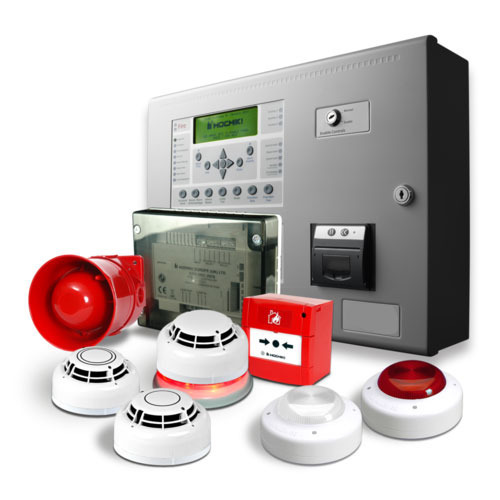
Fire alarm systems consist of much more than smoke detectors on the walls or ceilings or a main fire alarm control panel in the front of your building. Many elements of fire alarm systems are kept out of sight, so you might not be able to check them every day. During a routine annual fire alarm system inspection, the various components of your fire alarm system are exercised and tested to make sure they’re all in good working order. This includes all of the manual pull stations, alert/alarm methods (strobes and horns), smoke and heat detectors, duct detectors, annunciator panels, the main alarm panel, and any communications sub-panels and battery backup supplies.
Difference between conventional and addressable fire alarms.
The biggest different between conventional and addressable fire alarms is scale. Conventional fire alarms are ideal for small buildings, such as individual offices or retail shops. They go off individually when they detect smoke or heat and will help everyone escape from your building safely and quickly.
Addressable fire alarms are a necessity for large building complexes or campuses. Addressable fire alarm systems can be customized in a variety of ways, including:
- Different devices having different alarm thresholds based on their location
- An enunciator panel in the front of your building to show exactly which devices or zones are alarming
- Scalable networks that allow you to add zones with ease
Addressable fire alarm systems are typically more expensive than conventional alarms, but the extra information they provide to firefighters and building managers is invaluable.

